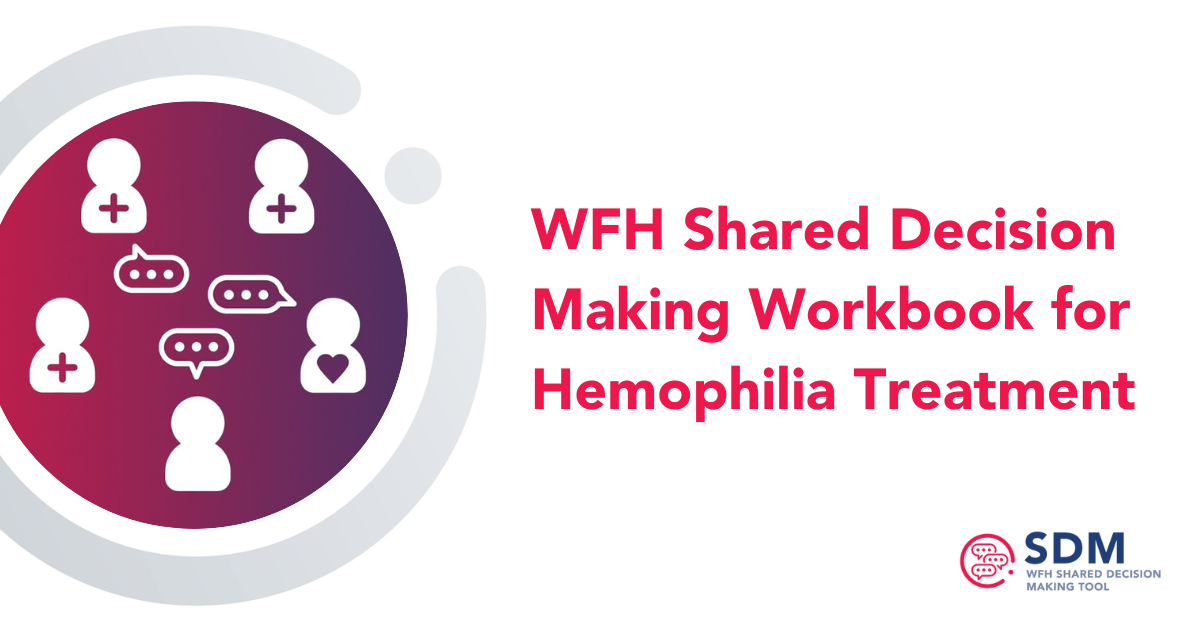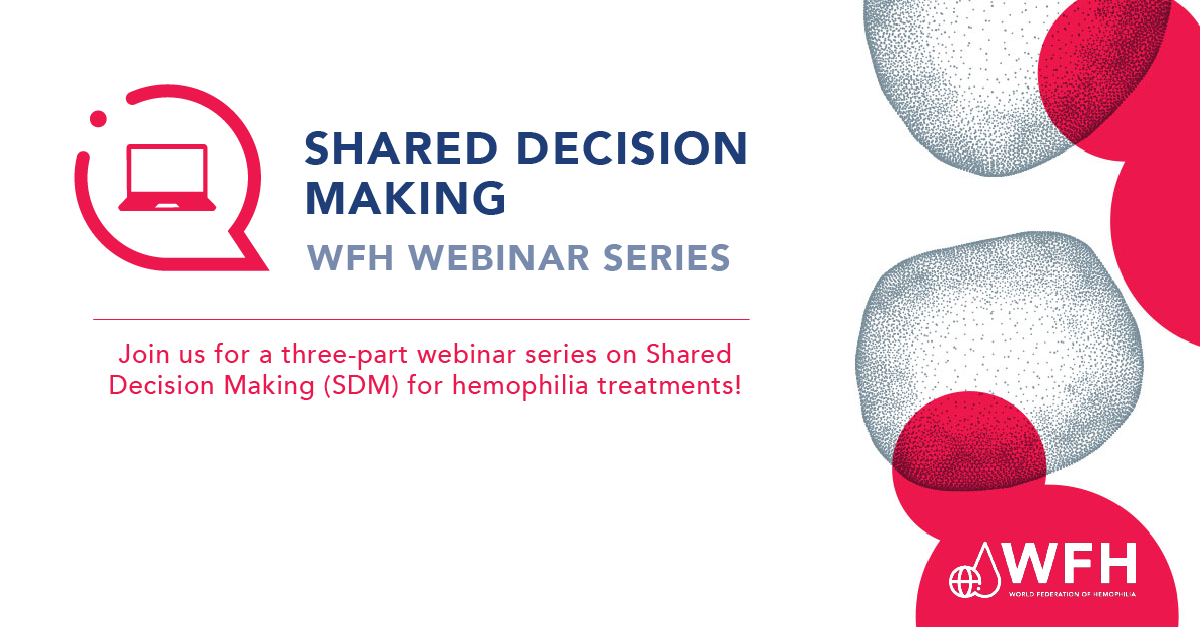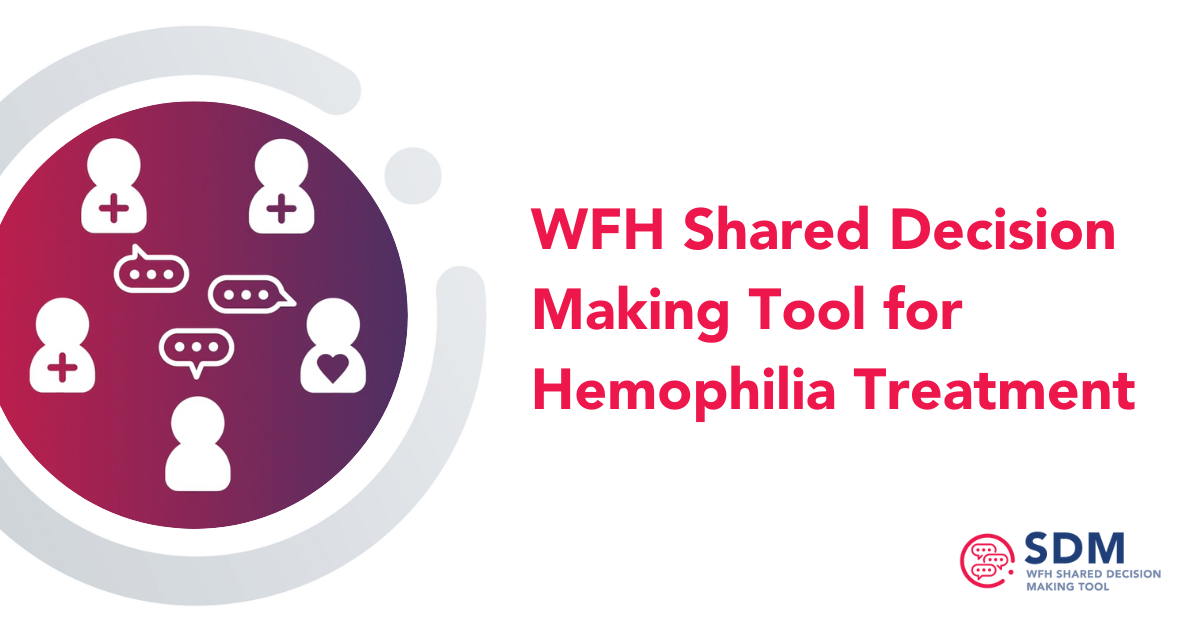
Ultra-Long Half-Life (UHL) Factor Therapy
This video gives a quick introduction to ultra-long half-life (UHL) clotting factor replacement therapy. Learn more about different treatment options
Year: 2019
Language: English
Author(s): Adapted from Global NMO Training 2018 plenary presentation by Glenn Pierce
Adapted from: Global NMO Training 2018 plenary presentation by Glenn Pierce
Reviewed by: Glenn Pierce
Edited by: Georghia Michael
The learner is strongly advised to complete Module 1 Introduction to Bleeding Disorders and Module 2 Evolution of Treatment Products, in the WFH Treatment Products eLearning Program before embarking upon Module 4.
This fourth module in the Program introduces the treatment of bleeding disorders through strategies other than replacing the factor that is missing or doesn’t work correctly. Building upon the understanding of how clotting factors work in the coagulation cascade, and how a deficiency in a specific clotting factor can disturb the hemostatic balance, such as in hemophilia A and B, established in modules 1 and 2, this module explains how other points in the coagulation cascade are being targeted to find ways to re-balance hemostasis.
Substitution therapy is explained with the example of the single such product that has received regulatory approval, at the time of writing of this module, emicizumab. The principles of intervening at other points in the cascade are explored through the examples of tissue factor pathway inhibitor (TFPI) and antithrombin (AT). The bleeding disorders community has decades of experience with the infusion of replacement clotting factor and the safety and efficacy are well understood. Non-replacement factor therapies are very different and much more research into their safety and efficacy is required. The management of hemophilia with non-factor replacement therapies is also very different to factor replacement: the principle of “if in doubt, treat” does not apply and must be replaced with an urgent action plan to deal with microbleeds or breakthrough bleeds. The module details how people with hemophilia and their comprehensive care team of healthcare professionals must take into consideration the impact these therapies may have on assays and medical procedures. Illustrations and interactive features make this complex content easy to follow while the glossary and linked resources provide more in-depth explanations. Fun quizzes and progress checks allow the learner to assess their understanding, and point back to specific sections for re-study if necessary.
Click on the “View Resource” button above to launch the module. Click on the NEXT and PREV buttons in the bottom right corner to move forward and backward through the module, or jump to a specific section by selecting it from the Table of Contents on the bottom left. The second screen presents all the interactive features of the module and how to use them. Click Help in the upper right corner of the screen at any time to return to this screen.
Glossary terms are highlighted in yellow, look up their definitions by clicking Glossary in the top right of the screen. Full-text supplementary resources are available by clicking Resources in the top left corner. You will find these icons throughout the module, click them for interactive access to more essential information:

Note

Information

Slideshow
If you have previously viewed the module the player may ask whether you wish to resume the presentation where you left off last time. In that case you can choose either to continue from the point where you stopped last time (Yes) or start again at the beginning (No).

This video gives a quick introduction to ultra-long half-life (UHL) clotting factor replacement therapy. Learn more about different treatment options

The WFH Shared Decision Making (SDM) Workbook is for people with hemophilia A or B and their healthcare team. It

The World Federation of Hemophilia (WFH) Shared decision-making (SDM) tool helps clinicians and people with hemophilia work together to make

The WFH Shared Decision Making (SDM) Tool is an interactive decision-support system designed to facilitate discussions regarding treatment options between

This fact sheet contains commonly asked questions and more information on gene therapy for hemophilia B. Learn more about different

This video gives a quick introduction to gene therapy for hemophilia. Learn more about different treatment options for hemophilia with